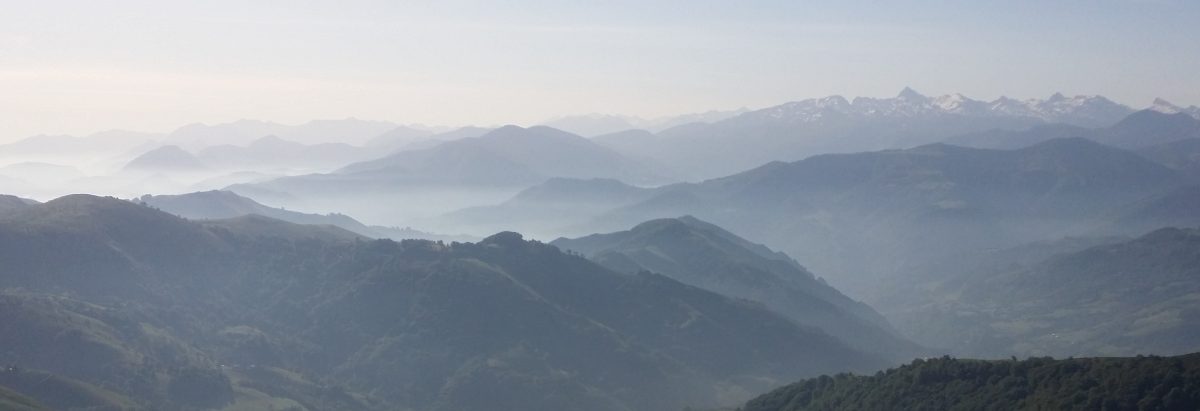David Graeber, in a “long read” in the Guardian of 19 October 2021, argues that (Upper) Palaeolithic societies (between some 50,000 – 15,000 years ago), may have had seasonal (dual) socio-political structures that alternated between more or less egalitarian during the hunting-gathering season to more hierarchical at times of seasonal “festivals” when larger numbers of people (of clans, tribes, and other groupings) gathered to celebrate. His argument is based on archaeological evidence of “monumental” structures that have been found in various parts of the world, but that seemed to have been used only seasonally, as well as of the graves of “extreme” individuals (people with extraordinary features) who were buried with all kinds of ornaments at these sites. He speculates that during the times of these gatherings, these “extreme” individuals may have acquired some kind of leadership positions, but that these were temporary and functional rather than hereditary. Like the Nambikwara in Brazil (a people studied by Claude Levi-Strauss), leadership positions were seasonal and more egalitarian socio-political structures prevailed at other times. Graeber argues that this indicates that early societies could change political relations and structures consciously and at will. Although there are still some remnants of this conscious reversal of hierarchies in modern societies, the latter seem to be much more stuck with their political structures.
Although speculative, the idea that early societies adopted different political structures at and for different seasons has some plausibility. While small groups of hunter-gatherers may have had relatively functional political relationships based on the relative (demonstrated) personal skills of their members, the seasonal gatherings by a large number of groups for collective celebrations and rituals (of all kinds) may well have provided opportunities for individuals to stand out based on some personal qualities (physical, social, intellectual, or other). Arguably, such “outstanding” people gained a special status based on the recognition of their special qualities. But after these gatherings broke up, and the groups dispersed again, the day-to-day needs and practices of the smaller groups may have reimposed themselves on their internal politics, where functional/useful skills were most important for the survival of the group.
The article provides support for the view that politics and political structures need to be understood based on a range of functions that need to be fulfilled at the collective (group, tribe, state) level to ensure the continuity of the group, which requires that basic needs are met. These functions comprise: ensuring the means for the group to provide for its own material needs (the organisation of hunting, gathering etc.; economic function); the management of conflicts within the group (personal rivalries; sexual rivalries; distributional conflicts); social integration (development of norms, symbols, stories, beliefs or other that bind and keep a group together); and enhancing security (notably against threats from outsiders, but also from deviant/aggressive people within the group). Different individuals may have played leadership roles in these functions, which may have helped to maintain some kind of balance of power within groups. Modern states still play a key role in all four functions.
